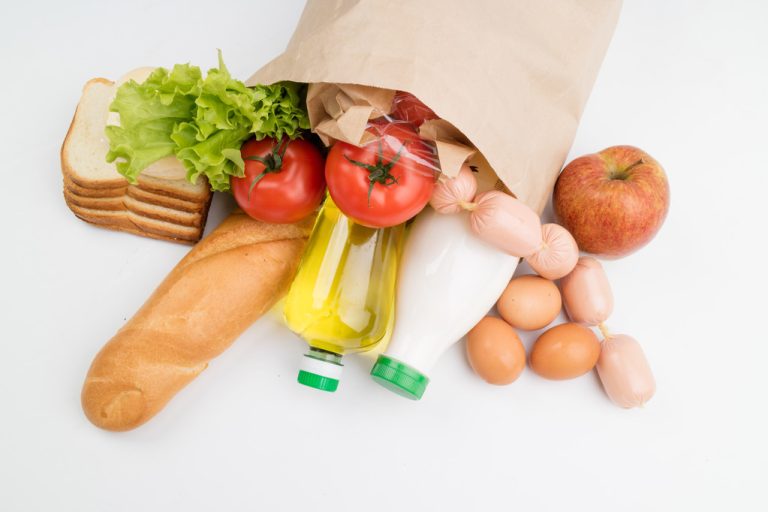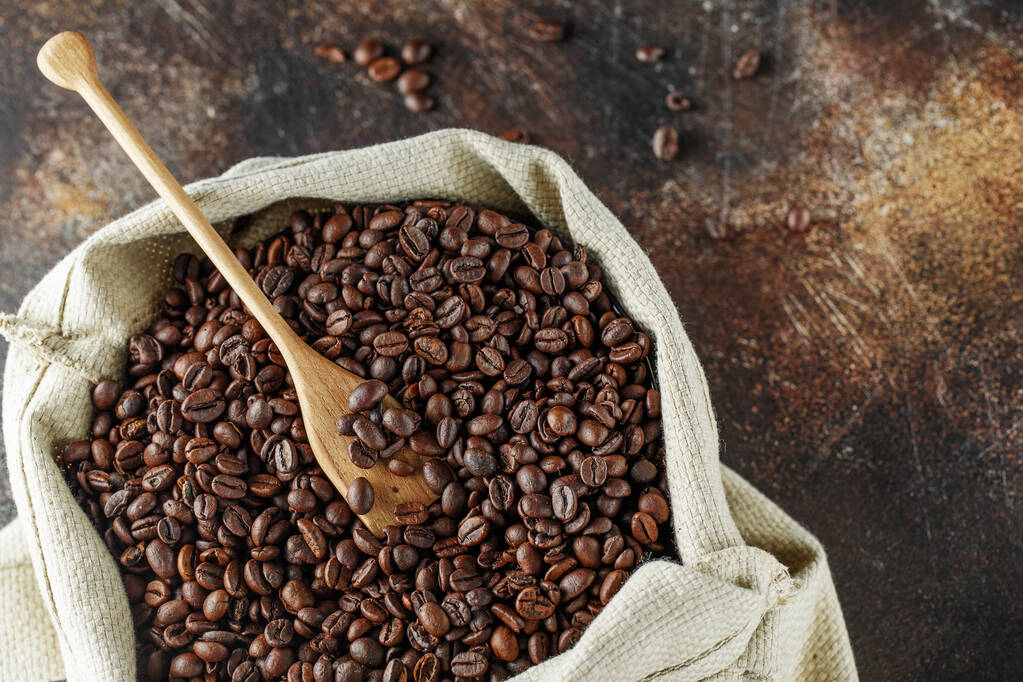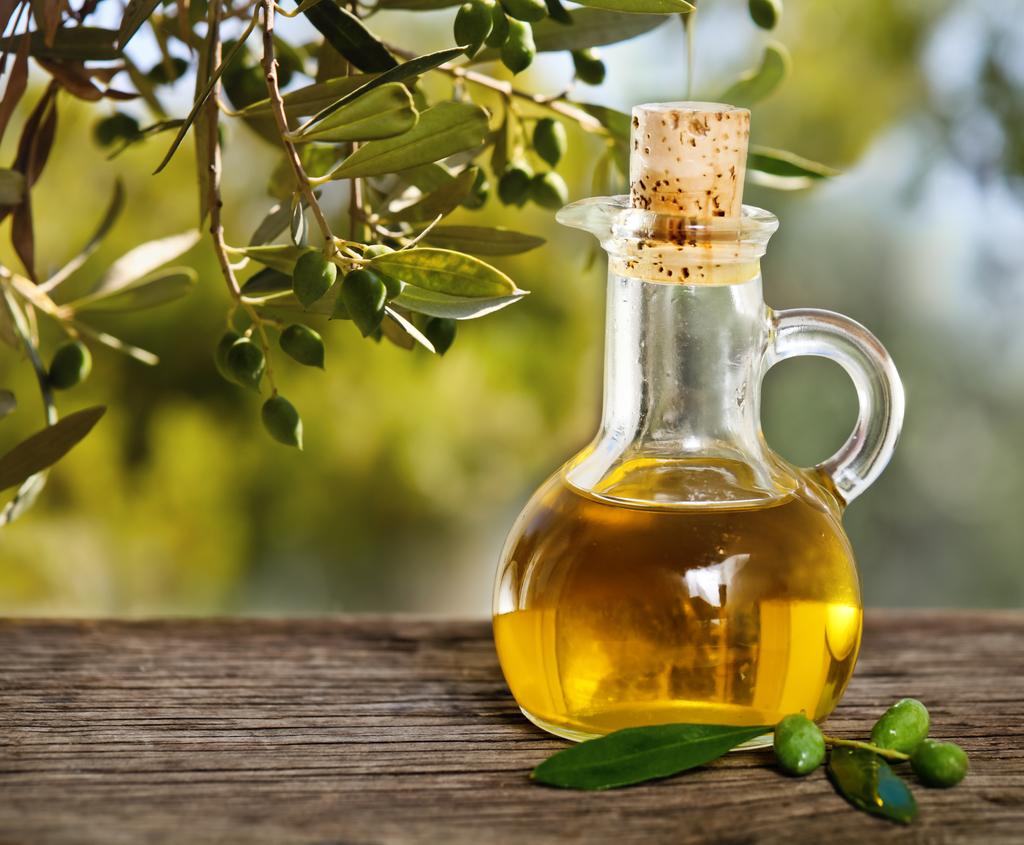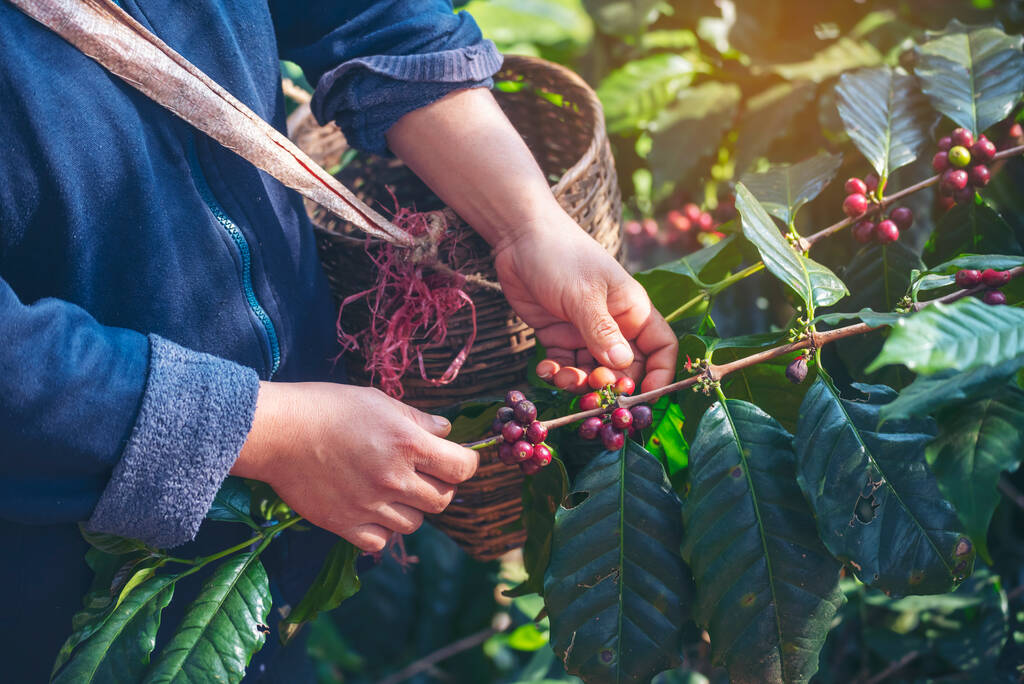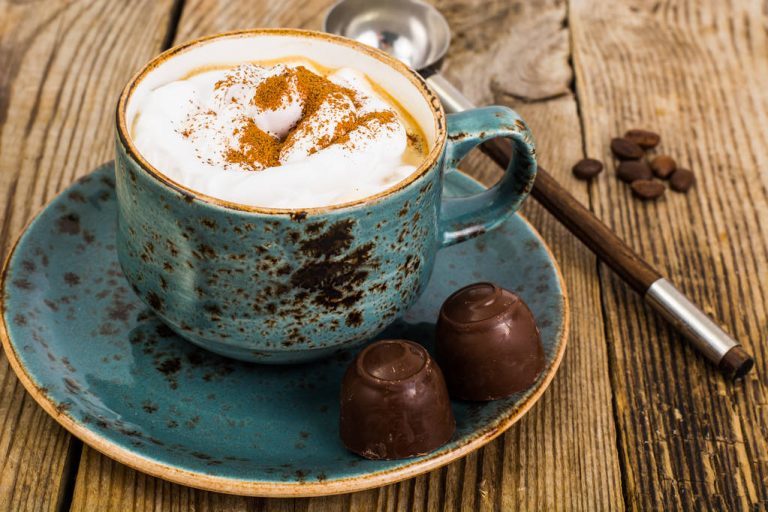The body decides who I fall in love with, not the heart. Love is born in the mind. Biology knows which criteria are decisive for falling in love.

This is what happens in our body when we fall in love
What is love? A poet will give a different answer to this question than a biologist. The sober answer from a scientific point of view can take away the romantic illusions of a magical love for many newly in love: Love is a feeling with a biochemical basis and a neurobiological pattern that simplify or even enable the start of a relationship. Above all, love serves a higher mating success. An increased heartbeat, moist skin and hands, cheeks with good blood flow – anyone who has ever been in love knows these symptoms only too well. But what exactly triggers the infatuation signs in our body?
Even if the heart can pound at the sight of the swarm, infatuation does not develop in the heart, but in the brain. There, the lymbic reward system is particularly active during this time, while the prefrontal cortex, which is responsible for rational thinking, is particularly inactive. The body releases a lot of dopamine. Some people in love have higher serotonin levels. Both are happiness hormones that make the world look a lot nicer. Testosterone levels in women go up and men go down. Decisions are now made via different neural pathways than before.
It is not always possible to prove exactly why the individual values are falling or rising. But one thing is clear: something is happening in the body! In their thinking, people in love are even similar to people with OCD. However, this only applies to the first phase. After about a year, the intoxication wears off, and bonding and security hormones such as oxytocin and vasopressin replace dopamine. Researchers speak of the so-called Coolidge effect. However, if the two partners are compatible, the exciting infatuation turns into love.
Who do we fall in love with?
We know countless people, with some we are friends, with others we can imagine more. What actually determines who we fall in love with? The first thought that probably comes to many people’s minds is a mixture of looks, character and interests. In fact, various scientific studies have shown that appearance is the first criterion when choosing a partner, especially for men. But that is not how it remains.
If you ask psychologists, the choice is mainly about similarities. Here, for example, age plays a role, but also a similar level of education and a common social milieu. On average, men are two to three years older than women in relationships. A similar milieu creates opportunities for encounters, many people get to know each other at work and at school. Common interests and similar characteristics evoke sympathy in people. But biology thinks differently: it is precisely differences that attract.
The more different two people’s genes are, the more attractive they find each other. This has one purpose above all: to protect the offspring from diseases. In general, from an evolutionary biological point of view, choosing a partner is about sexual reproduction. The genetic material should be combined in such a way that it results in the best conditions for potential children. This is where a surprising fact comes into play: smell is key. Everyone has an individual scent that we subconsciously perceive. This scent signals to the other person whether it is a potential reproductive partner or not.
Partners are like your own parents – is that true?
A mixture of appearance, character and interests – so it’s not quite that simple after all. But while smell is an essential factor in who we fall in love with, looks play a different role. 80 percent choose partners who look a bit like their parents. Is it true that we fall in love with people who resemble our parents?
There’s something to it. At least that’s what the results of a Hungarian study say. For the study, the researchers measured face sections of several people per family. When comparing the measurements, it became apparent that daughters tend to favor men whose central facial area resembles that of their father. For sons, the lower part of the mother’s face was significant. In total, the faces of 312 people were measured.
The researchers attribute this fact to the socialization process of the children. And in principle, familiar faces are more sympathetic to people than strangers. Couple therapists know that resemblance isn’t just limited to looks. The same often applies to character traits and behavioral characteristics. In addition, the actual influence of this factor also depends on how good or bad the parent-child relationship is.








